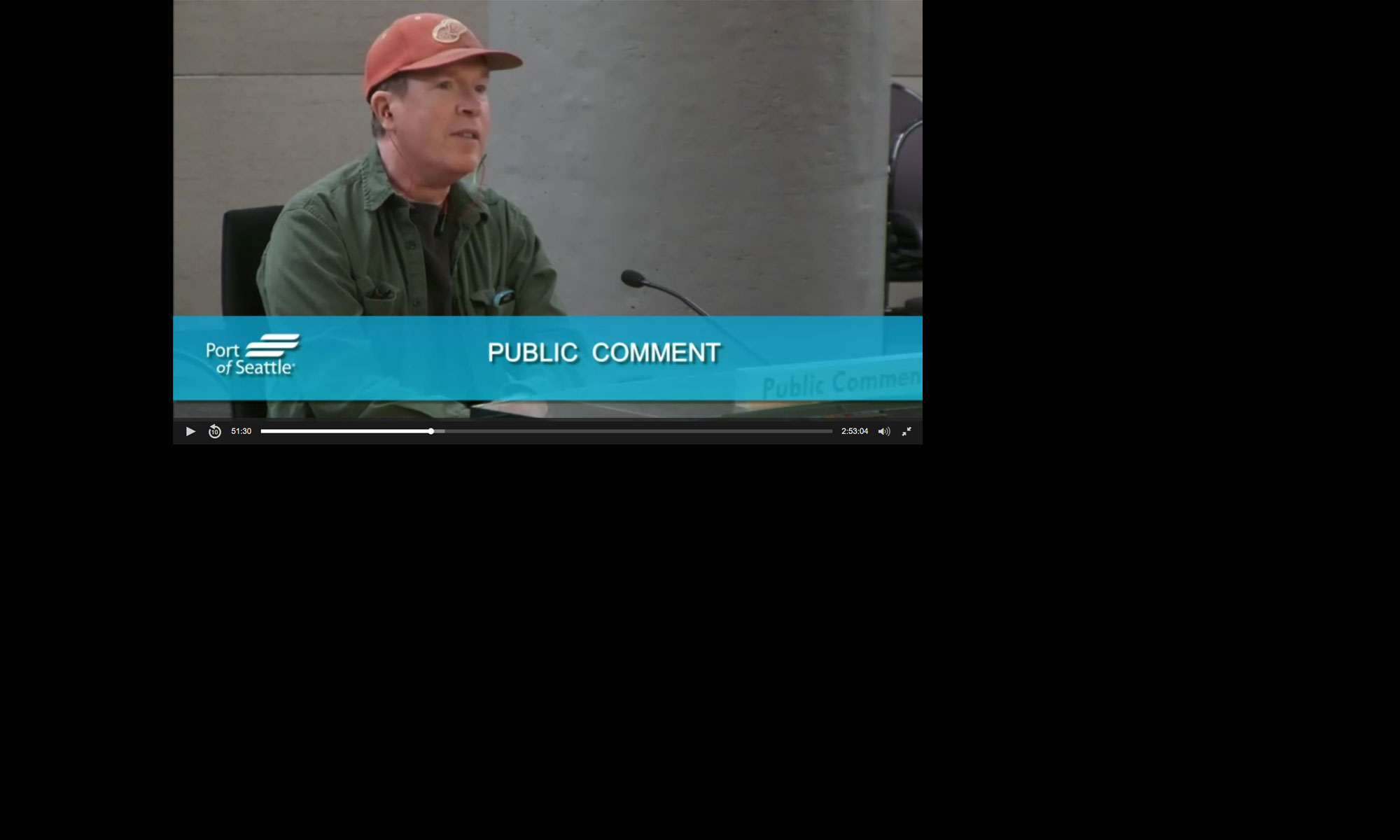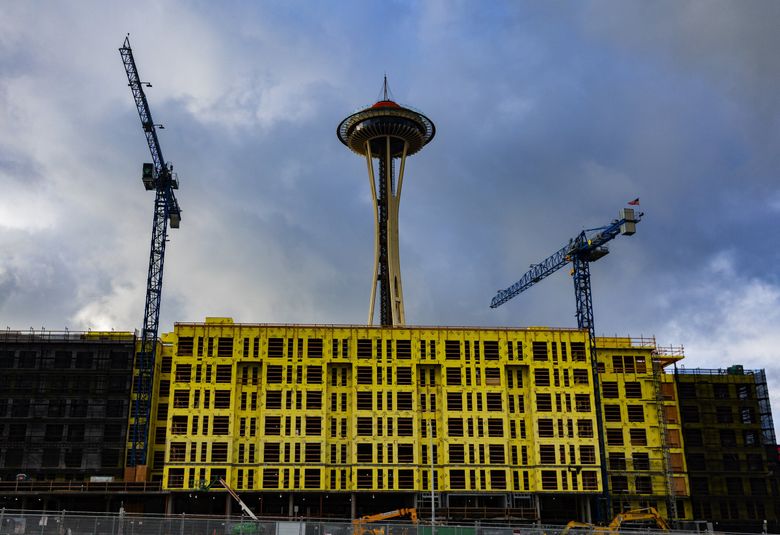It’s no secret that Washington state is embroiled in a housing affordability crisis. While it’s easy to focus on sky-high rents in Seattle or rising home prices in Bellevue, the truth is that people across the state are struggling to afford housing that meets their needs. Work is being done across sectors to address the issue, but every year, more Washington residents face a housing market that is accelerating beyond their reach.
That’s why, Challenge Seattle and Boston Consulting Group (BCG) released a new report that details the scale of Washington’s housing crisis, along with recommendations for a series of solutions. One takeaway is both simple and compelling: Leaders from the public, private and nonprofit sectors must work together to address housing affordability today. We have no other choice — the prosperity and well-being of our state depend on it.
The first step is to understand the problem before us. Nearly 1 million Washington households are cost burdened, which means they spend more than 30% of their income on housing. The consequences of this ripple through every corner of our society. Many teachers can’t afford to live near their schools. Police officers can’t live where they work, which undermines their ability to connect with the local community. People with low incomes are at a higher risk of losing their homes and falling into homelessness. Washington’s affordable housing crisis impacts everybody, which is why we must all commit to solving it.
This burden impacts some people much more than others, which undermines our state’s commitment to equity. For example, homeownership among Black, Indigenous and people of color is lower at every income level than white homeownership, and renters are significantly more likely to be cost burdened than homeowners. Those experiencing homelessness face especially unique challenges, and while efforts are underway to respond, we can’t make significant progress unless we address affordable housing.
How did we get here? The Challenge Seattle/BCG report outlines a clear cause: There are simply not enough places to live. Washington state draws people from around the world who seek good jobs and a high quality of life, and the resulting population growth has triggered a surge in housing demand that far outstrips our supply.
This has landed us in a deep hole, and it’s getting deeper every year. Challenge Seattle and BCG estimate that Washington state needs up to 120,000 new housing units simply to meet our current need, plus an additional 82,000 every year to keep pace with population growth. How does that compare to our current supply? The state permitted fewer than 56,000 new housing units last year, many of which won’t end up making it through the rigorous development process.
It boils down to this: Washington may need up to 2.5 million homes by 2050 to create a healthy housing market. That’s far more than we’re on pace to build.
This is where the report from Challenge Seattle and BCG comes in. It outlines a series of policies to unite our region’s vast resources and drive toward solutions. No single policy will be enough — it will take an “all of the above” approach to address the full magnitude of our state’s affordable housing crisis.
The path ahead centers on three factors: Right place, right size, and right price.
First, new housing needs to be built in the right place to address our state’s diverse needs. That means pursuing zoning reform, especially in high-impact areas like urban cores, job centers, and transit hubs. For example, rezoning areas near transit stations and bus routes will create accessible, multifamily housing while encouraging healthy transit-oriented development. This will require some residential communities within high growth areas to permit more small-scale housing development and mixed-use neighborhoods. In other words, these changes will allow more people to live within a short commute of their jobs, which will help the entire economy.
Second, our state’s approach to housing also needs to focus on the right size. One-bedroom apartments are important, but they won’t be enough to address this crisis; we need housing that’s scaled to fit our population’s unique needs, such as large or multigenerational families. One solution is to accelerate the permitting process for accessory dwelling units, condos, townhomes, duplexes, and other multifamily housing units, which will create a diverse network of affordable options for Washington families.
Finally, we must develop housing at the right price for low- and middle-income households. A good place to start is to reduce the development costs for new housing in the first place, which will address home prices and rents. How do we reduce these costs? Streamlining the permitting process, reducing parking requirements, and repurposing publicly owned land for housing are all real opportunities that we can implement in the near future.
In addition to these efforts from the public sector, major employers in Washington state are also finding meaningful ways to increase the supply of housing for low- and middle-income households. These efforts aren’t simply for their own employees, but to build more housing for people like nurses and firefighters who make our communities work.
For example, Microsoft and JPMorgan Chase are members of Challenge Seattle, and both have launched initiatives to support affordable housing. In January 2019, Microsoft pledged $750 million to affordable housing in Washington state, which is contributing to the creation and preservation of over 9,200 housing units. JPMorgan Chase & Co. has provided $457 million in financing to support the creation of 1,900 units of affordable rental housing in Washington state — part of their nationwide commitment to financing an additional 100,000 affordable rental units. And Amazon has committed $360 million to affordable housing in Puget Sound as part of its nationwide $2 billion Housing Equity Fund.
However, there is still more work to do. We must all roll up our sleeves and work together to focus on the real solution: Build more housing.
Imagine what might be possible if the public, private and nonprofit sectors work together to promote housing affordability across the entire state. Low- and middle-income households would have affordable housing options located near their workplaces. People experiencing homelessness would have greater access to permanent supportive housing, and fewer people would become unhoused in the first place. Denser development near transit hubs would alleviate traffic, shorten commutes and reduce our transportation sector’s greenhouse gas emissions.
Promoting more affordable housing will translate into a brighter future for everyone in Washington state. Challenge Seattle and BCG are making the right call: It’s time to come together and take action.



